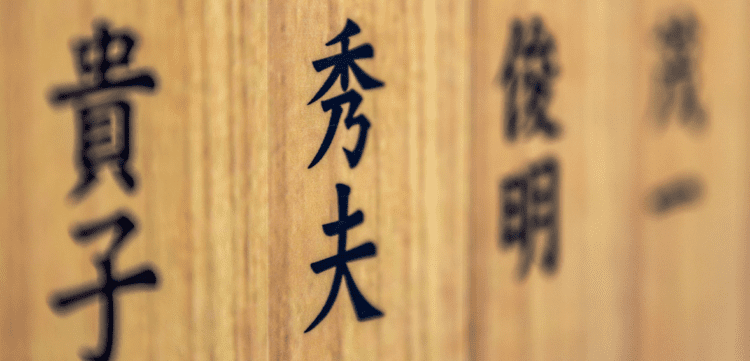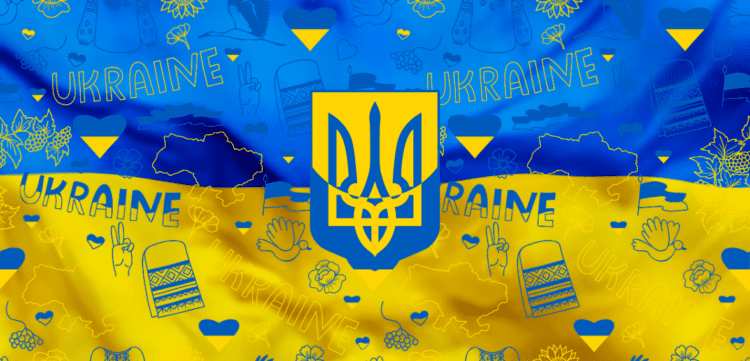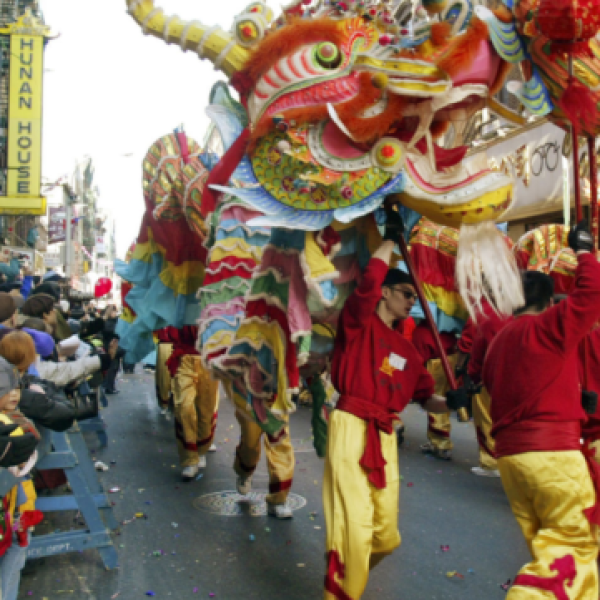Introduction
Japanese culture has had a profound impact on global pop culture, particularly through its unique art forms such as anime and manga. One of the most distinctive features of these mediums is the use of Japanese Kanji, a system of logographic characters that originated from Chinese characters. Kanji are not only integral to the Japanese language but also serve as powerful symbols that convey deep meanings and cultural nuances. In anime and manga, Kanji often play a crucial role in storytelling, character development, and aesthetic appeal. This blog explores the influence of Japanese Kanji on anime and manga, examining how these symbols enhance narratives and resonate with audiences worldwide.
The Origins and Importance of Kanji
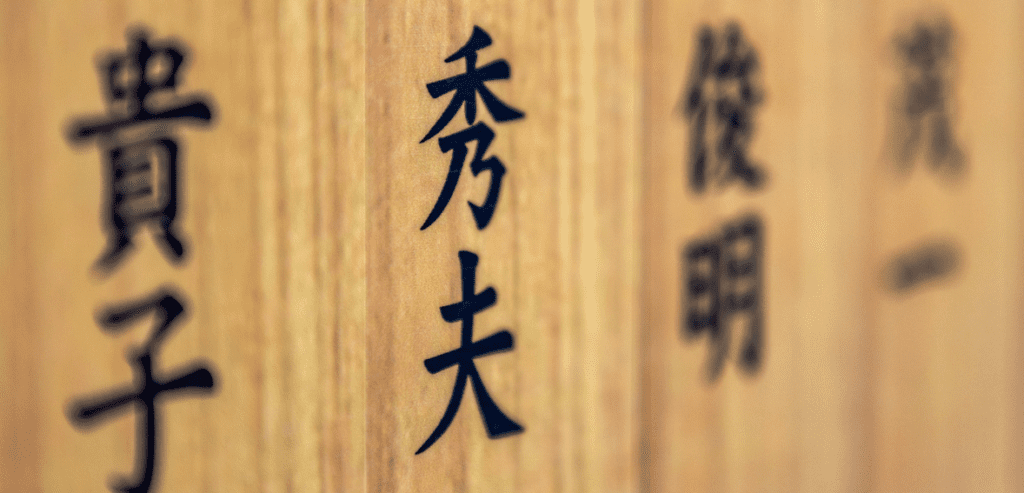
Historical Background
Kanji, meaning “Han characters,” were introduced to Japan from China around the 5th century AD. Initially used by the elite for religious and governmental purposes, Kanji gradually became widespread, influencing Japanese writing and culture. Unlike phonetic scripts, Kanji represent ideas and concepts, which allows for rich and layered meanings.
The Evolution of Kanji
The evolution of Kanji in Japan is a testament to the country’s ability to adapt and integrate foreign elements into its own culture. The initial introduction of Kanji was a part of a broader cultural exchange between China and Japan, which included the adoption of Buddhism and other Chinese cultural practices. Over centuries, Kanji evolved and were adapted to fit the unique linguistic and cultural needs of Japan, leading to the creation of Kanji that are unique to the Japanese language, known as kokuji.
Kanji in Modern Japanese Culture
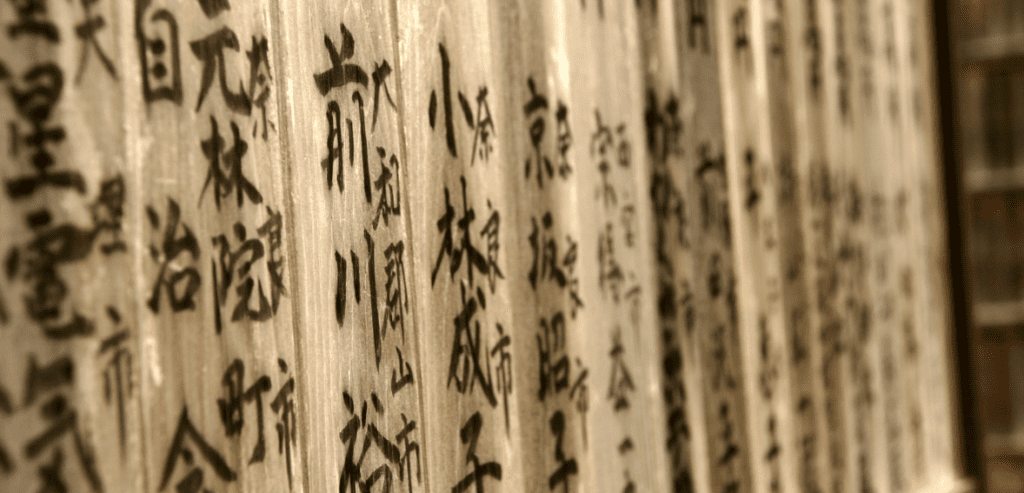
In contemporary Japan, Kanji are ubiquitous, appearing in literature, media, and daily communication. They are essential for reading and writing, with thousands of characters in use today. Understanding Kanji is crucial for grasping the full depth of Japanese language and culture, making them a vital element in anime and manga.
Educational Importance
Learning Kanji is an essential part of education in Japan. Japanese children begin learning Kanji from a young age, starting with simpler characters and gradually moving on to more complex ones. The Japanese Ministry of Education has established a list of 2,136 “Jōyō Kanji” (regular-use Kanji) that students are expected to know by the end of high school. This extensive education in Kanji ensures that Japanese people can read and understand a wide range of texts, from historical documents to modern literature.
Kanji in Popular Media
Kanji are not only used in written texts but also play a significant role in various forms of media. Television shows, movies, advertisements, and video games often incorporate Kanji to convey specific messages or create a particular atmosphere. For example, horror films might use Kanji with dark or ominous meanings to enhance the sense of dread, while romantic dramas might use Kanji related to love and beauty.
Kanji in Anime and Manga: Aesthetic and Narrative Device
Visual Symbolism
Kanji are often used in anime and manga to create visually striking effects. They can appear in titles, on characters’ clothing, in backgrounds, or as part of magical spells and attacks. For example, the anime “Naruto” uses Kanji to depict various ninja techniques, enhancing the mystical and cultural authenticity of the series. These characters not only look visually impressive but also carry specific meanings that enrich the story.
Kanji in Titles
The titles of many anime and manga series often include Kanji that provide insight into the show’s themes or main characters. For example, the title of the anime “Naruto” includes the Kanji for “nine” and “tail,” referencing the nine-tailed fox demon sealed within the protagonist. This use of Kanji in titles can immediately convey important information to Japanese audiences and pique the curiosity of international fans.
Kanji in Character Design
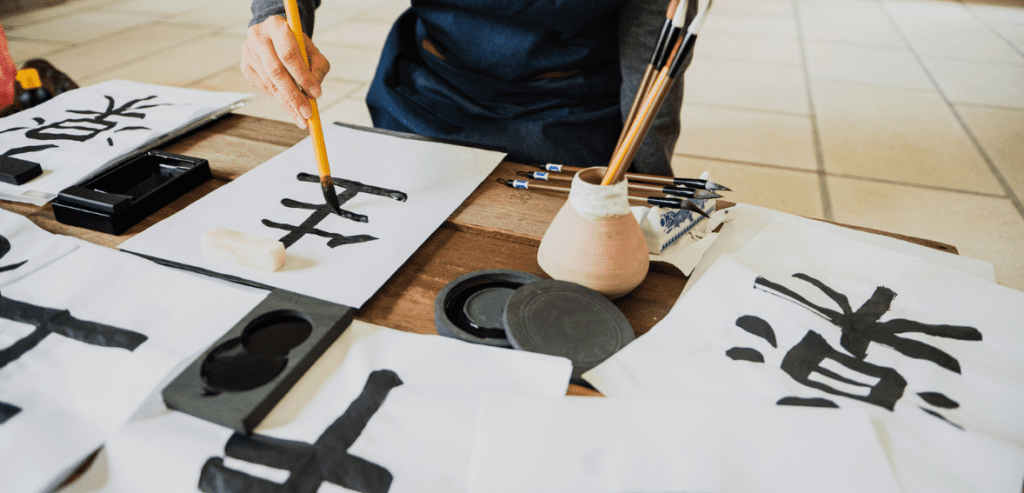
Kanji are frequently used in the design of characters’ clothing, weapons, and other accessories. In the anime “Bleach,” characters’ swords (zanpakutō) often have names written in Kanji, each representing the weapon’s unique abilities and characteristics. This not only adds depth to the characters but also creates a rich visual language that fans can learn to interpret.
Character Names and Identities
Naming characters using Kanji allows creators to imbue them with particular traits and destinies. Each Kanji character has its own meaning, so a name composed of multiple Kanji can convey complex characteristics. For instance, in the manga “Death Note,” the protagonist’s name, Light Yagami, uses Kanji that symbolize both brightness and darkness, reflecting his complex personality and moral ambiguity.
Symbolic Meanings in Names
The choice of Kanji in character names can add layers of meaning to their identities. In “Naruto,” the protagonist’s name is written with Kanji that mean “maelstrom” or “whirlpool,” symbolizing his turbulent personality and the chaos that surrounds him. Similarly, in “Attack on Titan,” the character Eren Yeager’s name uses Kanji that mean “to advance” and “hunter,” foreshadowing his relentless pursuit of freedom and justice.
Cultural References
Kanji names can also contain cultural references that resonate with Japanese audiences. For example, the character Usagi Tsukino from “Sailor Moon” has a name that means “rabbit of the moon,” referencing the Japanese folklore tale of a rabbit that lives on the moon. This adds a layer of cultural depth to the character that enhances the story for those familiar with the reference.
Storytelling and Themes
Kanji often reflect the themes and messages of anime and manga stories. In “Fullmetal Alchemist,” the concept of equivalent exchange is frequently represented by the Kanji for balance and exchange. This not only reinforces the narrative theme but also connects the audience to deeper philosophical and cultural ideas.
Philosophical Depth
Kanji can be used to convey complex philosophical ideas in a concise and visually impactful way. In “Fullmetal Alchemist,” the Kanji for “alchemy” (錬金術, renkinjutsu) combines characters meaning “to refine” and “gold,” symbolizing the transformation of base elements into something precious. This reflects the series’ exploration of transformation, sacrifice, and the pursuit of knowledge.
Cultural Significance
Kanji can also be used to highlight cultural themes and values. In “One Piece,” the Kanji for “pirate” (海賊, kaizoku) combines characters for “sea” and “thief,” emphasizing the adventurous and rebellious spirit of the characters. This use of Kanji reinforces the series’ themes of freedom, exploration, and challenging the status quo.
The Global Impact of Kanji Through Anime and Manga
Cultural Exchange and Appreciation
Anime and manga have introduced Kanji to a global audience, fostering an appreciation for Japanese symbols and meanings. Fans around the world engage with these characters, often learning their meanings and even studying Japanese to understand them better. This cultural exchange has led to a greater global understanding and appreciation of Japanese culture.
Learning Japanese Through Kanji
Many international fans of anime and manga are inspired to learn Japanese, starting with Kanji. Resources such as textbooks, online courses, and mobile apps often use examples from anime and manga to teach Kanji, making the learning process more engaging and relevant. This has led to a growing number of Japanese language learners worldwide, contributing to cross-cultural understanding.
Fan Communities and Cultural Exchange
Fan communities play a significant role in promoting the appreciation of Kanji. Online forums, social media groups, and fan conventions provide platforms for fans to share their knowledge and passion for Japanese symbols and meanings. This exchange of information and cultural insights fosters a sense of global community and mutual respect.
Influence on Other Media
The popularity of Kanji in anime and manga has influenced other forms of media, including Western comics, video games, and movies. Elements of Japanese writing and symbolism can be seen in various global pop culture products, demonstrating the far-reaching impact of Kanji.
Kanji in Western Media
Western creators often incorporate Kanji into their works to add an element of exoticism or cultural depth. For example, the video game “Overwatch” features a Japanese character, Genji, whose armor and weapons are adorned with Kanji. This use of Kanji adds authenticity to the character and pays homage to Japanese culture.
Cross-Cultural Collaborations
Collaborations between Japanese and Western creators have led to the blending of cultural elements, including the use of Kanji. Projects such as “The Matrix” trilogy and “Pacific Rim” draw heavily on Japanese aesthetics and symbolism, incorporating Kanji into their visual and narrative design. These collaborations highlight the mutual influence and appreciation between different cultures.
Merchandise and Fashion
Kanji have also become popular in merchandise and fashion, with many products featuring these characters. T-shirts, posters, accessories, and tattoos often display Kanji, appealing to fans of anime and manga as well as those who appreciate the aesthetic and cultural significance of these symbols.
Kanji in Fashion
Fashion designers often use Kanji in their collections to create unique and culturally rich designs. Streetwear brands, in particular, have embraced Kanji, incorporating them into clothing and accessories that appeal to young, fashion-forward consumers. This trend highlights the global influence of Japanese culture and the enduring appeal of Kanji.
Kanji Tattoos
Kanji tattoos have become a popular way for people to express their connection to Japanese culture or to convey specific meanings. However, it is important for those considering Kanji tattoos to research and understand the characters they choose, as incorrect or inappropriate use can lead to misunderstandings or cultural insensitivity.
Challenges and Misinterpretations
Cultural Misunderstandings
While the global spread of Kanji through anime and manga has been largely positive, it has also led to some misunderstandings and misinterpretations. Non-Japanese audiences might misread or misappropriate Kanji, leading to cultural inaccuracies. For example, Kanji tattoos are popular worldwide, but they can sometimes be incorrect or culturally insensitive if not properly researched.
Misinterpretations in Media
Misinterpretations of Kanji can occur in various forms of media, leading to confusion or unintended messages. For instance, a Western comic might use Kanji incorrectly, resulting in a loss of the intended meaning or even conveying a completely different message. It is essential for creators to consult with cultural experts to ensure the accurate use of Kanji.
Maintaining Authenticity
Creators of anime and manga face the challenge of maintaining the authenticity of Kanji while making their works accessible to a global audience. Balancing cultural accuracy with the need to appeal to international fans requires careful consideration and respect for the original meanings of these symbols.
Localization and Translation
Localization and translation of anime and manga present unique challenges in preserving the meaning of Kanji. Translators must find ways to convey the nuances of Kanji while making the content understandable to non-Japanese audiences. This often involves creative solutions, such as using subtitles, footnotes, or explanatory texts.
Respecting Cultural Context
It is crucial for creators and fans alike to respect the cultural context of Kanji. This means understanding their historical and cultural significance and using them appropriately. Educating audiences about the meanings and proper use of Kanji can help prevent cultural misappropriation and promote genuine appreciation.
Conclusion
The influence of Japanese Kanji on anime and manga is a testament to the deep cultural roots and rich symbolism inherent in these characters. By incorporating Kanji, creators add layers of meaning, enhance visual appeal, and connect with audiences on a profound level. As anime and manga continue to grow in popularity worldwide, the appreciation for Kanji and their cultural significance is likely to deepen, fostering greater understanding and respect for Japanese symbols and meanings.
FAQs
1. What is the significance of Kanji in anime and manga?
Kanji are used in anime and manga to enhance storytelling, create visual impact, and convey deep cultural and philosophical meanings. They add layers of complexity to characters and themes, making the narrative richer and more engaging.
2. How do Kanji influence character development in anime and manga?
Kanji used in character names and attributes can signify specific traits, destinies, and moral complexities. This helps in building well-rounded and meaningful characters that resonate with audiences.
3. Are there any common misconceptions about Kanji in global pop culture?
Yes, there are several misconceptions, such as incorrect interpretations or cultural misappropriations. For instance, Kanji tattoos might often be inaccurate or misused if not properly understood.
4. How has the global popularity of anime and manga affected the perception of Kanji?
The global popularity of anime and manga has led to a wider appreciation and interest in Kanji. Fans worldwide engage with these characters, often learning about their meanings and cultural significance, thereby promoting cross-cultural understanding and appreciation.


